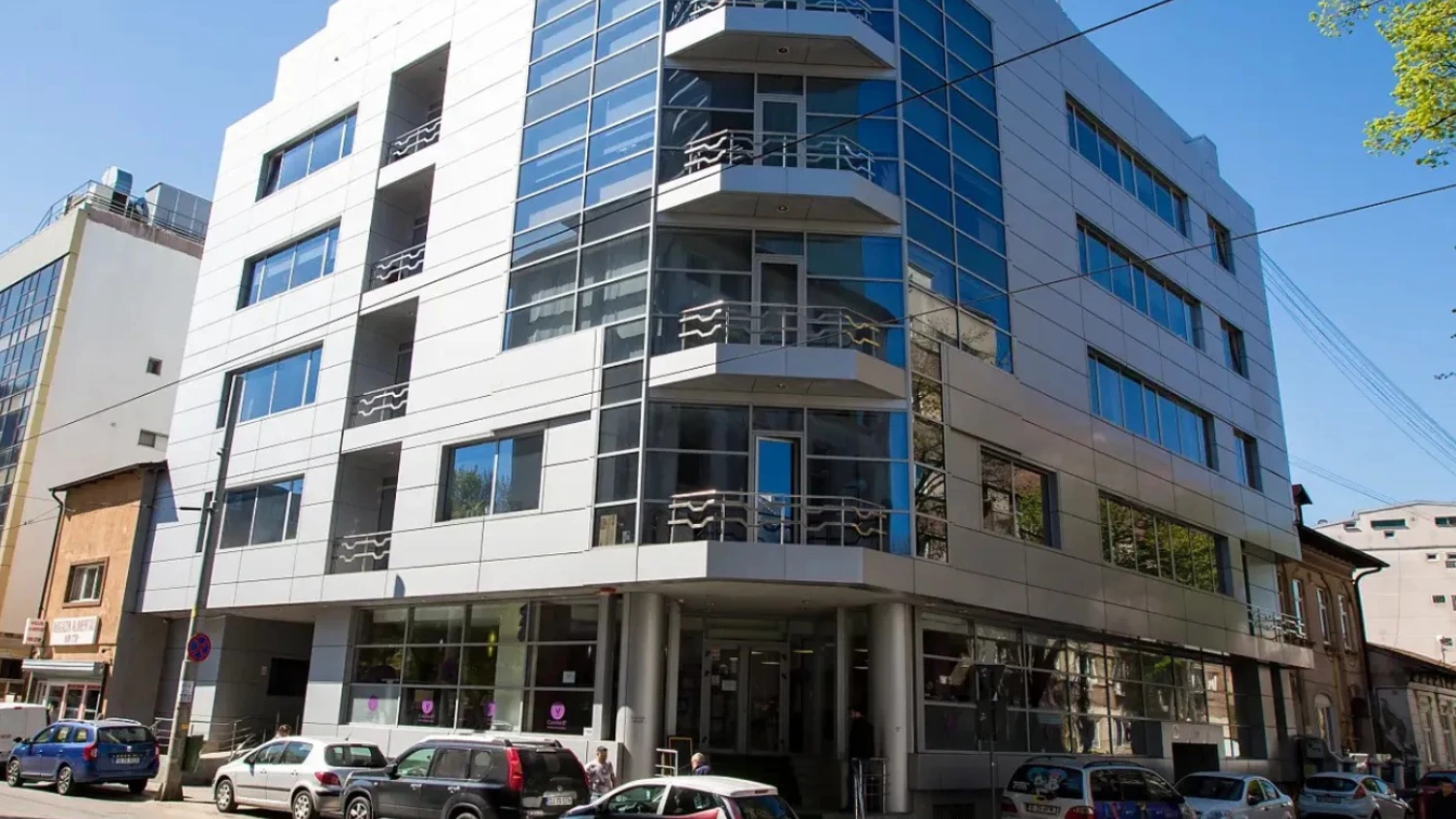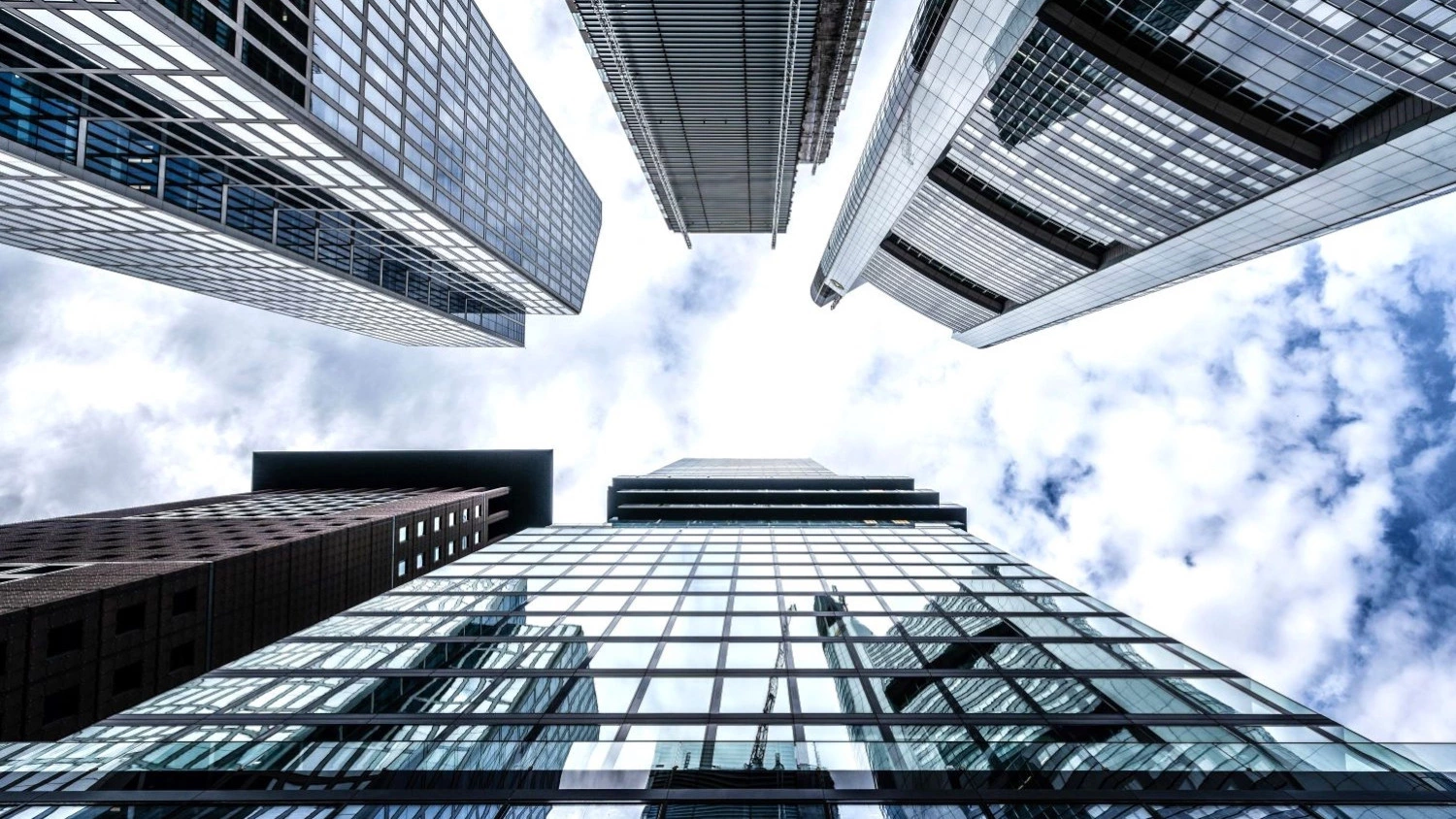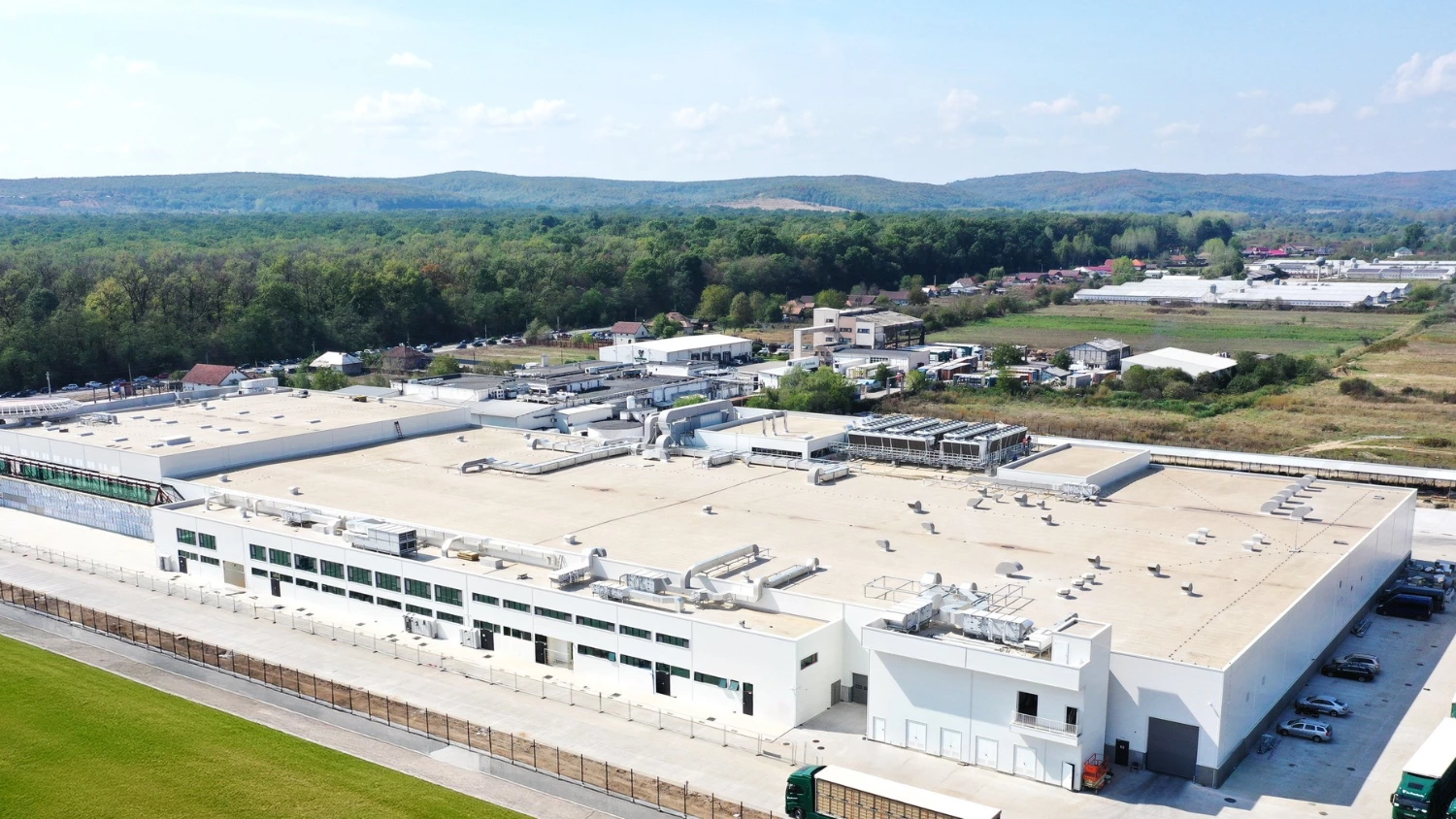Other key factors motivating employees to come back include having a clear work routine, ease of commuting, managers' expectations of physical presence, and access to dedicated spaces for various tasks. These elements not only provide stability in the workplace, Colliers consultants note, but also foster face-to-face interactions, which are essential for effective collaboration.
In the past year and a half, the percentage of employees returning to the office has increased significantly, reaching approximately 55% in the first part of this year, compared to 40% during the same period in 2023, according to estimates from Colliers, Romania's largest office property management company, overseeing nearly 600,000 square meters of office space.
Differences in the number of days spent in the office are largely influenced by the level of autonomy employees have in setting their work hours. Those with more freedom in managing their time tend to come to the office less frequently. According to Colliers data, 65% of employees follow a schedule either set by the company (46%) or agreed upon by the team (19%), while only a third set their own hours. Employees with a fixed, company-mandated schedule work an average of 3.6 days per week in the office, whereas those who set their own schedule come in around 2 days a week.
In an effort to optimize office space, many companies provide numerous open areas to ensure employees always have a place to work. However, employees who have a designated workspace tend to be more consistent, working an average of 3.3 days per week at their employer's premises, compared to those without a clear workspace, who average only 1.7 days per week in the office. The same data show that employees who come to the office at least 3 days a week have access to dedicated workspaces, while those who come less frequently, 1–2 days per week, tend to prefer using shared spaces.
“There are many factors that both positively and negatively influence employees' presence in the office. Those who follow a consistent schedule are more likely to come to the office regularly. Having an allocated personal workspace also contributes to this by providing a sense of stability and ownership. Managers' expectations regarding physical presence further encourage employees to comply, fostering a culture of face-to-face collaboration. Additionally, easy access to dedicated spaces for various tasks can boost motivation to be present, as employees appreciate environments that support their work needs. On the other hand, autonomy in scheduling and flexibility in choosing where to work may lead some to prefer working remotely,” explains Daniela Popescu, Director Tenant Services & Workplace Advisory at Colliers.
The data also show that both actual and preferred office attendance increase with age. For Millennials and Gen X, working in an office was the norm before the pandemic, whereas many Gen Z employees began their careers during the pandemic.
The list of company benefits is led by free coffee, available to 60% of respondents. Other common perks include free parking and flexible working hours. Notably, the number of benefits tends to increase with company size, with firms employing more than 250 people being the most generous. The survey also analyzed events and activities organized for employees, with social gatherings, team-building exercises, and professional development events being the most common.
Another aspect analyzed in the Colliers survey is the commute time, a key factor contributing to employees' reluctance to return to the office. On average, it takes employees about 30 minutes to reach the office (one-way). In Bucharest, 47% of employees use their private car, while a similar percentage rely on public transportation. A more detailed analysis shows that public transport users take around 40 minutes to get to the office, while those who drive save approximately 10 minutes. Additionally, the data reveals that cars are preferred for commutes of 30-40 minutes, while public transport becomes the main choice for longer distances.










